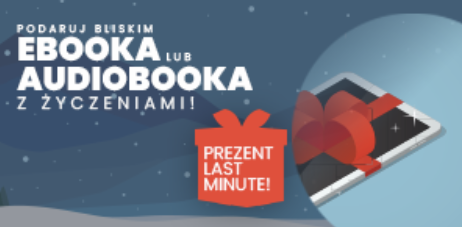
Programming Python. Powerful Object-Oriented Programming. 4th Edition Mark Lutz




- Autor:
- Mark Lutz
- Wydawnictwo:
- O'Reilly Media
- Ocena:
- Stron:
- 1632
- Dostępne formaty:
-
ePubMobi
 opcje wysyłki »
opcje wysyłki »
Opis
książki
:
Programming Python. Powerful Object-Oriented Programming. 4th Edition
If you've mastered Python's fundamentals, you're ready to start using it to get real work done. Programming Python will show you how, with in-depth tutorials on the language's primary application domains: system administration, GUIs, and the Web. You'll also explore how Python is used in databases, networking, front-end scripting layers, text processing, and more. This book focuses on commonly used tools and libraries to give you a comprehensive understanding of Python’s many roles in practical, real-world programming.
You'll learn language syntax and programming techniques in a clear and concise manner, with lots of examples that illustrate both correct usage and common idioms. Completely updated for version 3.x, Programming Python also delves into the language as a software development tool, with many code examples scaled specifically for that purpose.
Topics include:
- Quick Python tour: Build a simple demo that includes data representation, object-oriented programming, object persistence, GUIs, and website basics
- System programming: Explore system interface tools and techniques for command-line scripting, processing files and folders, running programs in parallel, and more
- GUI programming: Learn to use Python’s tkinter widget library
- Internet programming: Access client-side network protocols and email tools, use CGI scripts, and learn website implementation techniques
- More ways to apply Python: Implement data structures, parse text-based information, interface with databases, and extend and embed Python
Wybrane bestsellery
Mark Lutz - pozostałe książki
O'Reilly Media - inne książki
Dzięki opcji "Druk na żądanie" do sprzedaży wracają tytuły Grupy Helion, które cieszyły sie dużym zainteresowaniem, a których nakład został wyprzedany.
Dla naszych Czytelników wydrukowaliśmy dodatkową pulę egzemplarzy w technice druku cyfrowego.
Co powinieneś wiedzieć o usłudze "Druk na żądanie":
- usługa obejmuje tylko widoczną poniżej listę tytułów, którą na bieżąco aktualizujemy;
- cena książki może być wyższa od początkowej ceny detalicznej, co jest spowodowane kosztami druku cyfrowego (wyższymi niż koszty tradycyjnego druku offsetowego). Obowiązująca cena jest zawsze podawana na stronie WWW książki;
- zawartość książki wraz z dodatkami (płyta CD, DVD) odpowiada jej pierwotnemu wydaniu i jest w pełni komplementarna;
- usługa nie obejmuje książek w kolorze.
Masz pytanie o konkretny tytuł? Napisz do nas: sklep@helion.pl
Książka drukowana

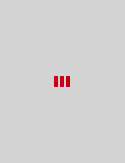


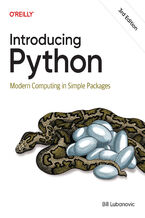


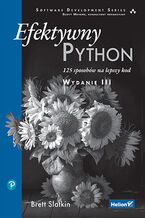
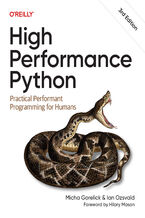
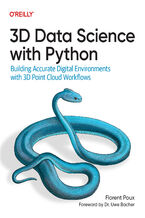


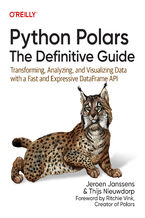


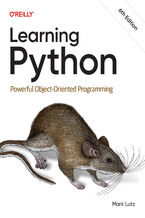
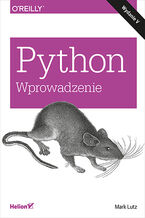
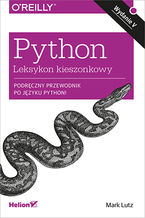
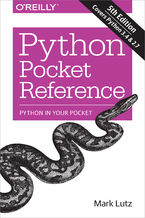


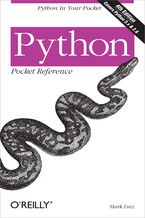





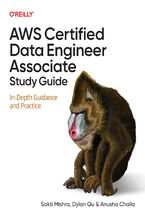
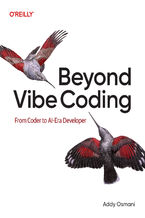
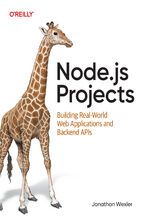
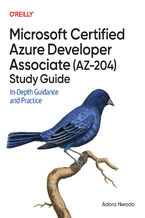
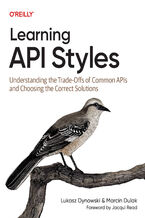
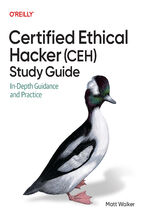
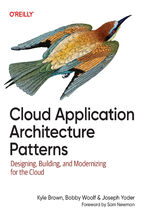
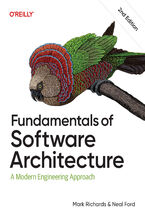
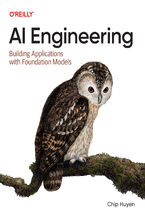
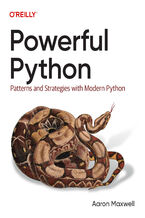



Oceny i opinie klientów: Programming Python. Powerful Object-Oriented Programming. 4th Edition Mark Lutz
(0)